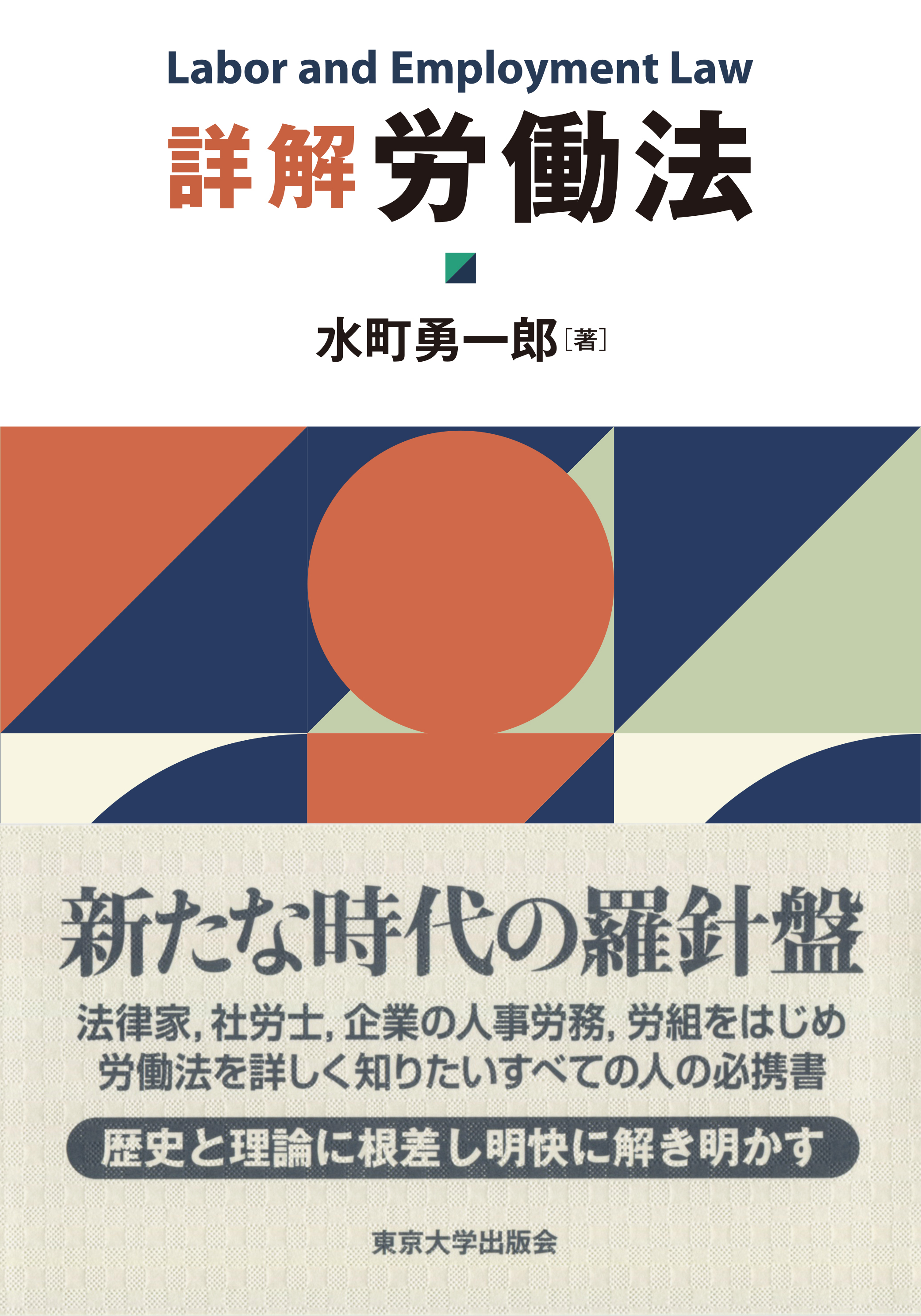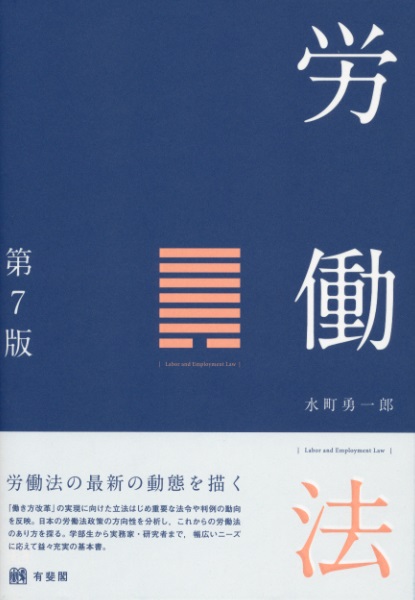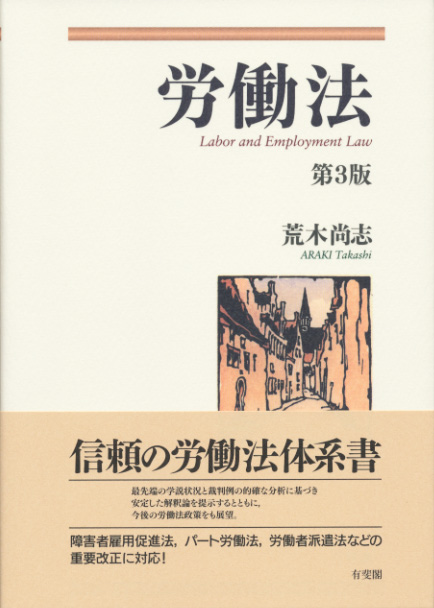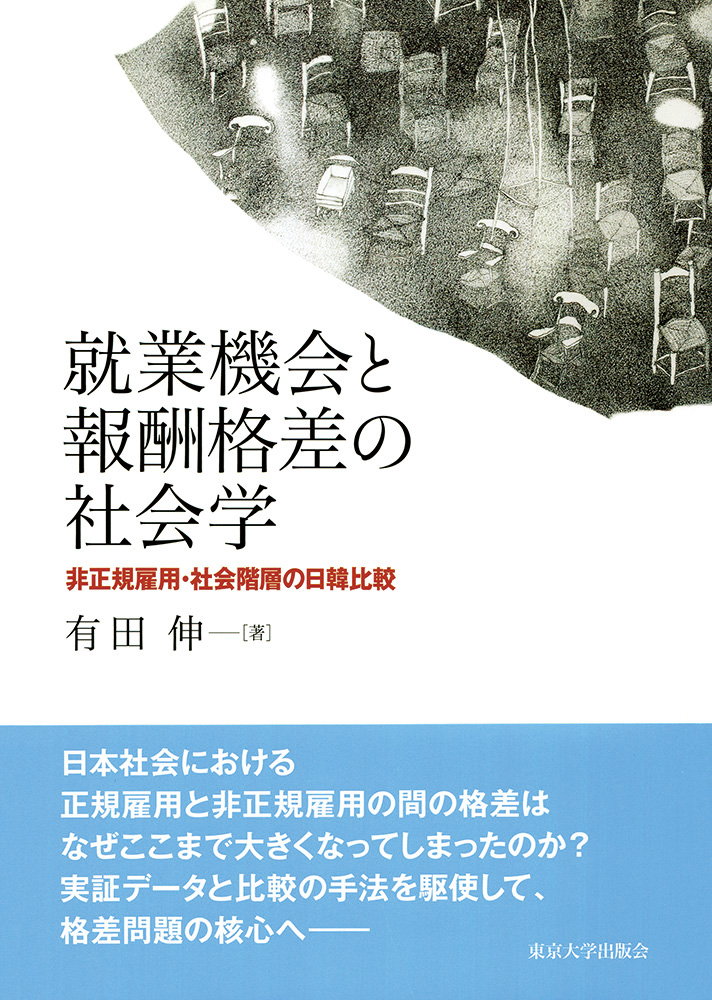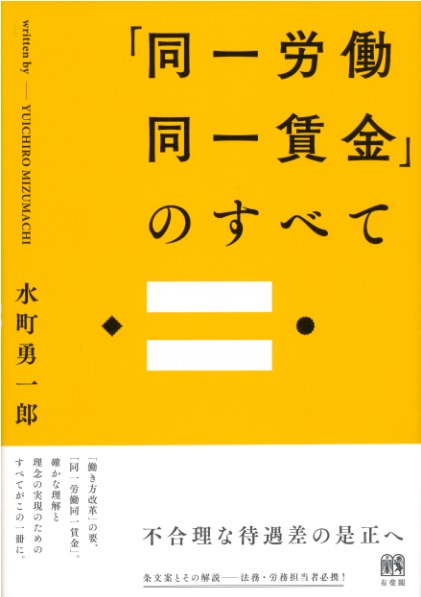
Title
`Dōitsu Rōdō Dōitsu Chingin‘ no Subete (Equal Pay for Equal Work)
Size
230 pages, A5 format, softcover
Language
Japanese
Released
February, 2018
ISBN
978-4-641-24307-1
Published by
Yuhikaku Publishing
Book Info
See Book Availability at Library
Japanese Page
“Within the ‘Plan to Realize the Dynamic Engagement of All Citizens,’ which will be compiled this year, we intend to touch upon how to bring out equal pay for equal work.” These words by Prime Minister Shinzo Abe, uttered at the start of the ordinary session of the Diet on January 22, 2016, suddenly moved the realization of “equal pay for equal work” onto the political agenda.
“The Plan to Realize the Dynamic Engagement of All Citizens,” which was ratified by the Cabinet on June 2 after deliberation in the National Council on Dynamic Engagement of All Citizens, calls for (1) the establishment of case study-based guidelines regarding types of disparities in worker treatment that are reasonable and not reasonable for the appropriate implementation of the Labor Contracts Act, Part-time Workers Act, and the Worker Dispatching Act; (2) exploration of comprehensive reform of the Labor Contracts Act, Part-timer Workers Act, and Worker Dispatching Act and submission of relevant bills to the Diet related to the establishment of rules for justifying judicial rulings regarding unreasonable disparities in worker treatment and the establishment of employers’ accountability for disparities in treatment of regular and non-regular workers, while referring to systems in Europe; and (3) the goal of achieving compensation disparities between regular and non-regular workers on par with those in European countries.
A Council for the Realization of Work Style Reform was established in September of 2016, with Prime Minister Abe as the chairperson and various experts from the private sector as well as cabinet ministers serving as members. After deliberation by this council, “Proposed Guidelines Regarding Equal Pay for Equal Work” aimed at securing equal treatment regardless of employment status (regular or non-regular) were issued on December 20, 2016. On March 28, 2017, the Council for the Realization of Work Style Reform formulated an “Action Plan for the Realization of Work Style Reform.” The plan called for the establishment of (1) rules for justifying judicial rulings (regarding equal treatment); (2) employers’ accountability for employee treatment; (3) alternative dispute resolution procedures by the government; and (4) reform of the Labor Contracts Act, Part-time Workers Act, and the Worker Dispatching Act, with a particular focus on elements of the laws related to dispatched workers. Regarding the adoption of the “Action Plan for the Realization of Work Style Reform,” Prime Minister Abe stated, “Adoption of the ‘Action Plan for the Realization of Work Style Reform’ is a historically unprecedented first step towards changing the way Japanese people work. Some have praised it as a major overhaul of Japan’s post-war labor laws…Some may be skeptical whether or not Japan’s longstanding labor practices, which are steeped in Japanese culture and lifestyle, can be reformed…However, I am absolutely certain that future scholars, looking back at this moment, will mark 2017 as the starting point for the change in Japanese work style.”
On June 29, 2018, the work style reform laws were adopted by the Diet. The general rule of “equal pay for equal work” is set to take effect in April of 2020.
Not only the speed but, also, the content of the reforms related to “equal pay for equal work” have shocked both Japanese companies and labor unions. The reform, which seeks to secure equality between regular and non-regular workers in all aspects of treatment will not only substantially shrink the disparity between regular and non-regular workers but, also, force a reevaluation of the traditional labor-management structure in Japan centered on regular workers.
By clarifying the background and concrete substance of the reform, the author, who has been involved in the establishment and execution of the reform aimed at “equal pay for equal work,” hopes to deepen various stakeholders’ understanding to ensure steady and smooth implementation of the reform in line with the intended goals.
(Written by MIZUMACHI Yuichiro, Professor, Institute of Social Science / 2018)



 Find a book
Find a book


 eBook
eBook